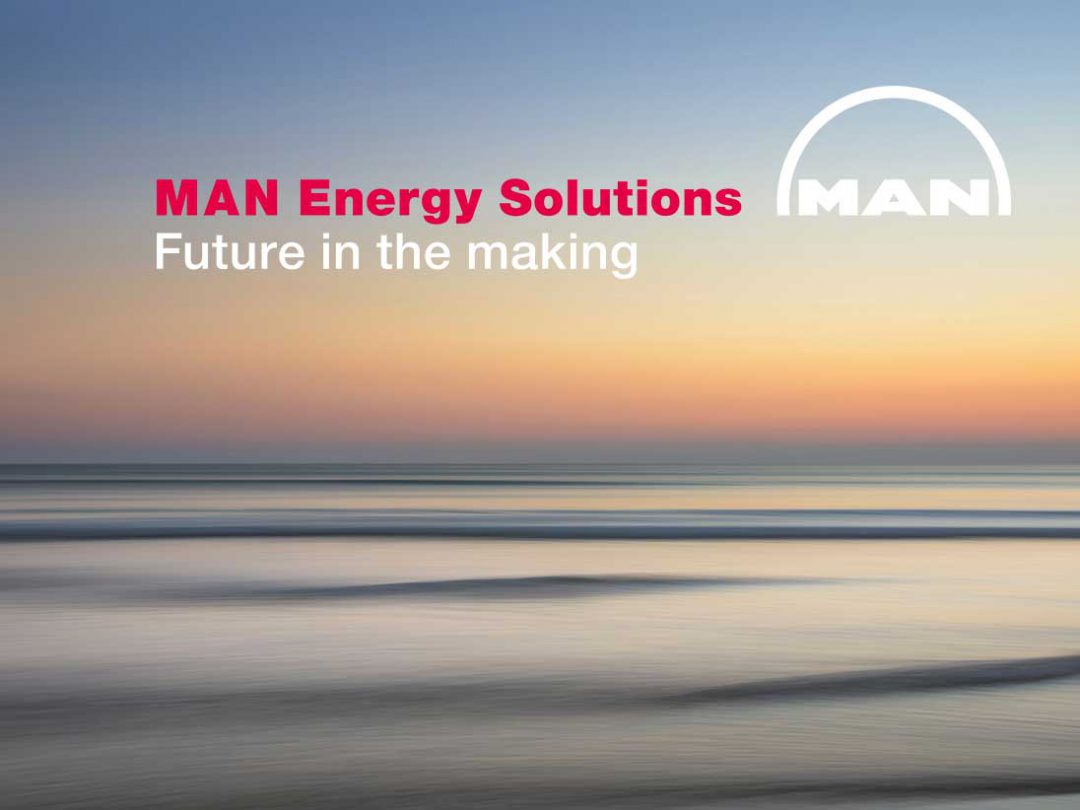MAN Energy Solutions has won the order for 4 × dual-fuel MAN B&W 6S60ME-GI engines in connection with the construction of two hybrid, 8,000 lane-metre, RoRo vessels for CLdN, the Luxembourg-based shipping group. Both 234-metre vessels are scheduled for delivery in the first half of 2025.
The two newbuildings will have a hybrid propulsion system with each featuring 2 × ME-GI engines along with MAN Energy Solutions’ propietary EGR emissions system.
Both RoRo vessels will also be supplied with 2 × 6 MW electric propulsion motors that will enable the ships to maintain a service speed of 16 – 17 knots in full-electric mode. Additionally, each RoRo will have 2 × 678 kWh batteries and while the vessels will still have emissions during in/out port manoeuvering, shore connection is provided and will offer zero emissions in port. Furthermore, each engine will be equipped with a PTO, while the vessels’ respective shafts will come equipped with a clutch ready to deliver a PTH of 6 MW.
CLdN reports that, compared with its largest vessels currently in service, the new ships – the largest investment in its history – will further reduce carbon intensity by 40% while being NOx Tier III-compliant.
Gary Walker, COO Shipping, CLdN said: “In 2021, we were announced as top performer amongst our RoRo shipping peers in Northwest Europe for CO2 emissions per tonne of freight carried. By investing in technologically advanced ships and terminals, we enable our customers to improve their carbon footprint and support them at the same time in making their supply chains more efficient and robust. At CLdN, we pride ourselves on minimising our environmental footprint and hybrid propulsion is an exciting step for us. Picking ME-GI engines for these vessels was a natural choice as they have become the industry standard for LNG-fuelled, low-speed prime movers due to their low methane-slip and high fuel-efficiency.”
Thomas S. Hansen, Head of Promotion and Customer Support, MAN Energy Solutions, said: “This order features a technologically advanced propulsion-train and having the ME-GI engines at its heart makes it a truly future-proof solution. ME-GI engines offer the industry’s lowest CO2 and methane-slip emissions for LNG-fuelled vessels. The engines’ green credentials also boost CLdN’s current status as among the greenest RoRo operators in the world, while pushing its ambition to further reduce its own carbon footprint.”
The ME-GI engine – the new industrial standard
MAN Energy Solutions successful ME-GI (-Gas Injection) engine has set a new industrial standard for two-stroke propulsion engines aboard – among others – RoRo vessels, PCTCs, container vessels, bulk carriers, tankers and LNG carriers. The ME-GI engine provides ship owners, charterers and operators with a peerless solution within environmentally friendly and high-efficiency, two-stroke technology but without the prominent methane-slip emissions that are characteristic of competing engines.
The Diesel principle not only provides the ME-GI engine with high operational stability and efficiency, but also ensures 100% reliable operation during load changes on gas with just normal additions of pilot-oil amounts. Furthermore, the ME-GI operational principles features a seamless change-over between gas operation and diesel operation. The ME-GI engine is the most environmentally friendly technology available within the LNG-fueled, two-stroke engine segment.
MAN Energy Solutions has also developed an ME-LGI (-Liquid Gas Injection) dual-fuel engine that expands the company’s dual-fuel portfolio, enabling the use of sustainable fuels such as green methanol. It has also announced the impending arrival of an ammonia-fuelled variant from 2024 onwards.
About CLdN
CLdN is a vertically integrated supplier of nautical links and provides robust and reliable end-to-end transport solutions. The CLdN RoRo network covers shortsea connections between the European continent, the United Kingdom, Ireland, Iberia and Scandinavia. CLdN strives to reduce its environmental footprint through scale, operational excellence and technology. By investing in technologically advanced ships, ro-ro terminals and multimodal land transport solutions CLdN ensures continuity and provides transport solutions tailored to its customers’ needs.

























